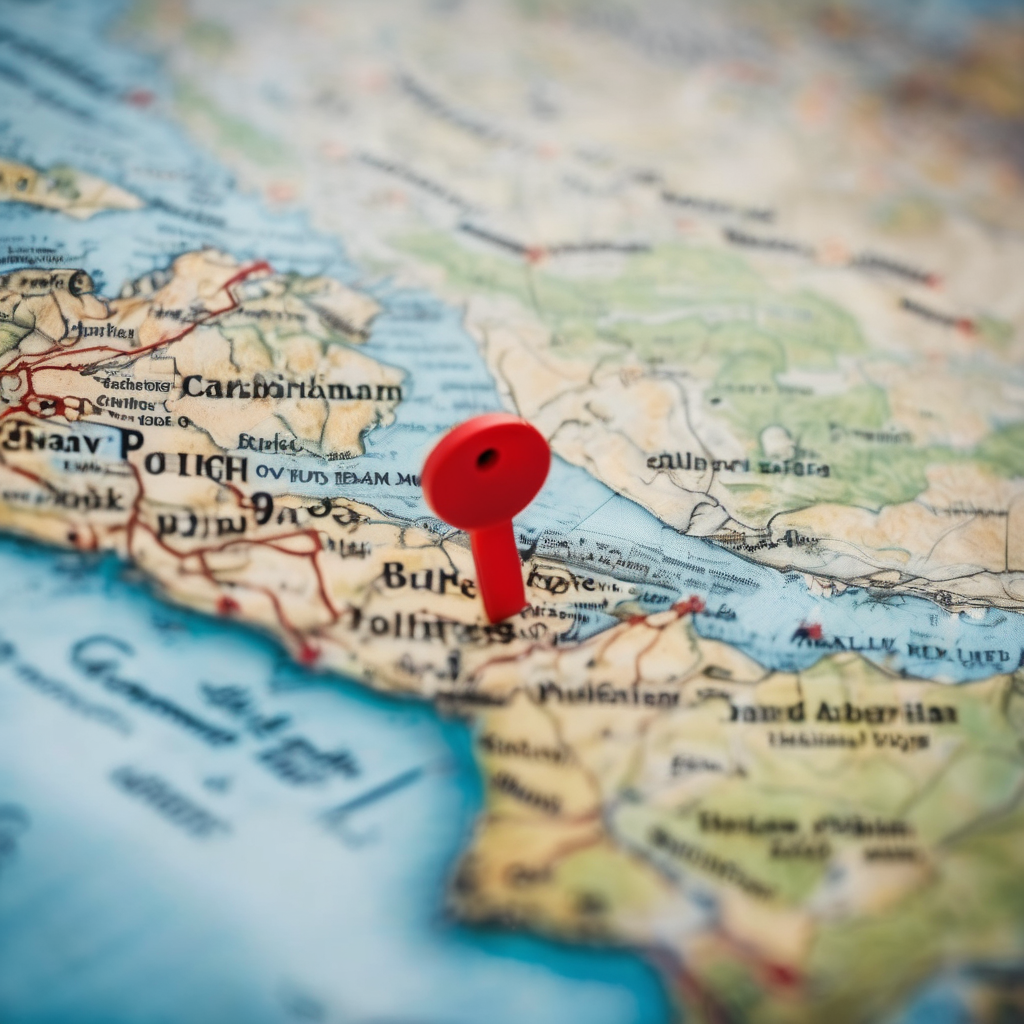In recent weeks, U.S. military operations in the Caribbean Sea have intensified significantly, with three lethal maritime strikes and one boarding targeting vessels allegedly connected to Venezuela’s Cartel de los Soles and its ally, the Tren de Aragua. These actions represent a shift in U.S. strategy, treating traffickers associated with designated terrorist groups as enemy combatants, thereby allowing for their neutralization without traditional legal proceedings.
The scale of U.S. military assets deployed in the Caribbean is staggering, dwarfing those committed during pivotal historical battles, including the Battle of Midway in 1942. This mobilization marks the largest since the U.S. intervention in Panama to depose Manuel Noriega in 1989, showcasing Washington’s commitment to dismantling Venezuela’s cocaine trafficking networks. President Trump emphasized this approach at the United Nations, declaring the military’s power is being utilized to confront “Venezuelan terrorists and trafficking networks.”
In response, Venezuelan President Nicolás Maduro has reacted strongly, viewing the operations as a direct threat to his regime. He has called for dialogue and requested talks with U.S. officials while labeling the U.S. actions as aggression, even declaring a state of emergency in Venezuela.
While the implications for Maduro and his administration are significant, the recent strikes do not suggest an immediate ground invasion. Instead, they indicate a readiness from the U.S. to enforce a strategy that leverages military actions, financial sanctions, and international diplomatic pressure on Maduro’s government. This approach aims to systematically weaken the regime while also directly targeting cartel-linked operatives as combatants, thus circumventing legal protections typically afforded to them.
The underpinning of this new doctrine involved the U.S. Treasury’s designation of the Cartel de los Soles as a Specially Designated Global Terrorist organization in July, which imposes financial restrictions and isolates cartel networks from international banking systems. This classification facilitates targeted enforcement against Maduro’s regime by limiting its allies and resources, bolstering the pressure on a government already struggling with legitimacy as seen in the recent electoral disputes.
International responses have varied, with some nations expressing concerns over violations of sovereignty and potential precedents for intervention. However, others, particularly in regions affected by Venezuelan trafficking, have welcomed the pressure against transnational crime. The ramifications of this U.S. doctrine may extend beyond Venezuela, potentially influencing how Latin American nations with cartel issues, such as Mexico and Colombia, are treated by the U.S. authorities in the future.
To ensure the success of this strategy, U.S. efforts must institutionalize the relationship between counternarcotics and counterterrorism, enhance intelligence sharing with regional allies, and continue applying economic sanctions alongside military pressure. The key will be turning these tactical operations into a comprehensive and sustainable long-term strategy that addresses the root causes of drug trafficking and its connections to terrorism.
As the situation unfolds, the U.S. is entering a crucial phase where its military engagement will not only be about immediate tactical victories but also about its ability to implement lasting geopolitical changes in Latin America that can diminish the influence of drug cartels and supporting regimes.
